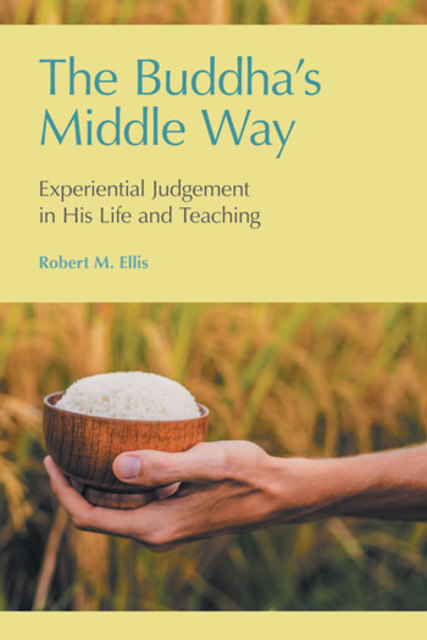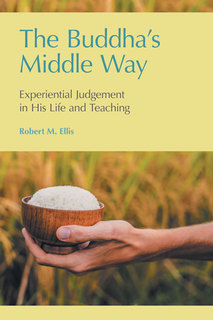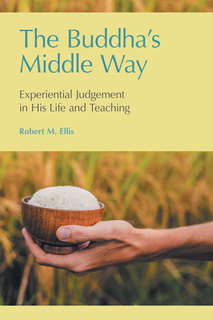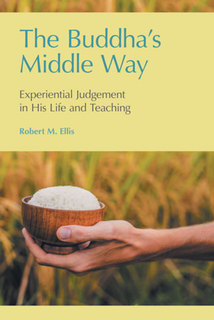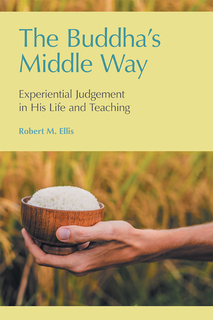LIBRARY COLLECTIONS
Complete Collection
South & East Asia
ACCESS
Two electronic editions are available to authorized readers:
eBook from the Read Online tab (via institutional or personal credentials)
Interactive Edition by logging in (bottom of page) with password. For assistance contact info@equinoxpub.com

